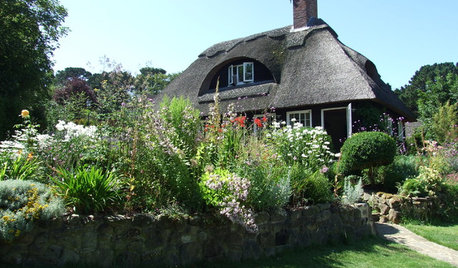the toxicity of foxglove
west9491
16 years ago
Featured Answer
Comments (44)
Kimmsr
16 years agolorna-organic
16 years agoRelated Professionals
Oconomowoc Landscape Architects & Landscape Designers · Saint Louis Park Landscape Architects & Landscape Designers · Summit Landscape Architects & Landscape Designers · Manchester Landscape Contractors · Monterey Landscape Contractors · Natick Landscape Contractors · Shoreview Landscape Contractors · 07920 Landscape Contractors · Silver Firs Landscape Contractors · Raytown Landscape Contractors · Ferguson Landscape Contractors · Boone Decks, Patios & Outdoor Enclosures · Lakewood Decks, Patios & Outdoor Enclosures · Monroe Decks, Patios & Outdoor Enclosures · North Myrtle Beach Decks, Patios & Outdoor Enclosuresdicot
16 years agocrankyoldman
16 years agogardengal48 (PNW Z8/9)
16 years agowest9491
16 years agoalbert_135 39.17°N 119.76°W 4695ft.
16 years agoalbert_135 39.17°N 119.76°W 4695ft.
16 years agoannpat
16 years agodicot
16 years agolorna-organic
16 years agoKimmsr
16 years agowest9491
16 years agodicot
16 years agogardengal48 (PNW Z8/9)
16 years agocrankyoldman
16 years agomxbarbie
16 years agomxbarbie
16 years agoJAYK
16 years agoOlav Kalleberg
8 years agospedigrees z4VT
8 years agogardengal48 (PNW Z8/9)
8 years agospedigrees z4VT
8 years agoOlav Kalleberg
8 years agodavid52 Zone 6
8 years agofloral_uk z.8/9 SW UK
8 years agogardengal48 (PNW Z8/9)
8 years agolast modified: 8 years agoerikapotila
7 years agogardengal48 (PNW Z8/9)
7 years agoerikapotila
7 years agorhizo_1 (North AL) zone 7
7 years agogardengal48 (PNW Z8/9)
7 years agoMary Finn
6 years agoalbert_135 39.17°N 119.76°W 4695ft.
6 years agolast modified: 6 years agogardengal48 (PNW Z8/9)
6 years agolast modified: 6 years agoMary Finn
6 years agoPhilip McHugh
5 years agoPhilip McHugh
5 years agofloral_uk z.8/9 SW UK
5 years agolast modified: 5 years agoPhilip McHugh
5 years agogardengal48 (PNW Z8/9)
5 years agoHU-601907333
2 years agofloral_uk z.8/9 SW UK
2 years ago
Related Stories

LANDSCAPE DESIGNHow to Create a Cottage-Style Garden
If you like an abundance of plants — and visits from birds, bees and butterflies — this may be the style of yard for you
Full Story
PETSGarden Alert: 22 Plants to Keep Away From Pets
Avoid potential danger by keeping dogs and cats away from these landscaping and houseplant favorites
Full Story
GARDENING GUIDESHouzz Call: What’s Your Favorite Backyard Beauty?
The simple, honest daisy is this writer’s go-to garden flower. We want to hear which plant, flowering or otherwise, gives you special joy
Full Story
KIDS’ SPACES15 Ideas for a Children’s Discovery Garden
Pique curiosity and encourage creativity by adding play features that appeal to kids’ imagination and senses
Full Story
LANDSCAPE DESIGNHow to Create a Beautiful Shade Garden
Turn the cool, shady spot in your garden into your own quiet oasis
Full Story
GARDENING GUIDES9 Self-Seeders Capture Chelsea Flower Show Magic
Give your garden show-worthy style with these plants beloved by top designers
Full Story
INSPIRING GARDENSFrom Concrete Lot to Gracious Organic Garden in Seattle
Plants, pests and even weeds have a place in this landscape, which offers an edible bounty and a feast for the eyes
Full Story
GARDENING GUIDESTop 12 Summer-Blooming Perennials for Deer-Resistant Drama
Can you have garden color, fragrance and exciting foliage with hungry deer afoot? These beauties say yes
Full Story
MOST POPULARCreative Ideas for Small Front Yards
A little imagination goes a long way in a petite landscape
Full StoryMore Discussions







crankyoldman